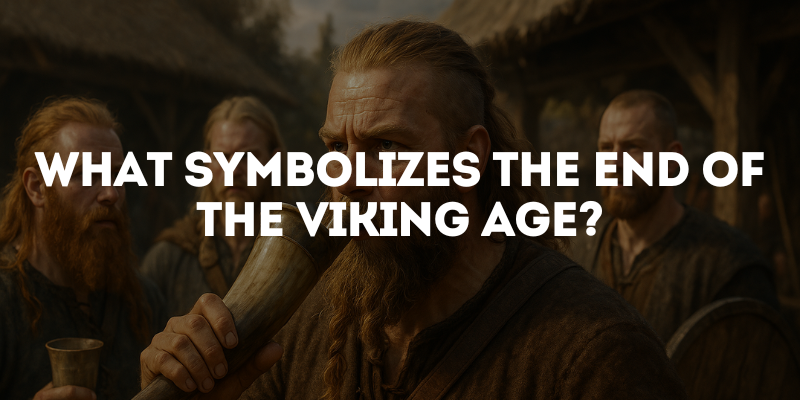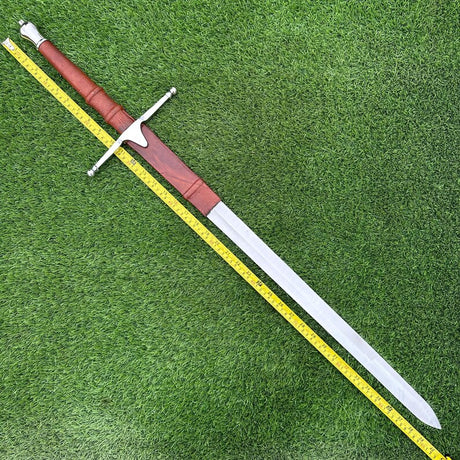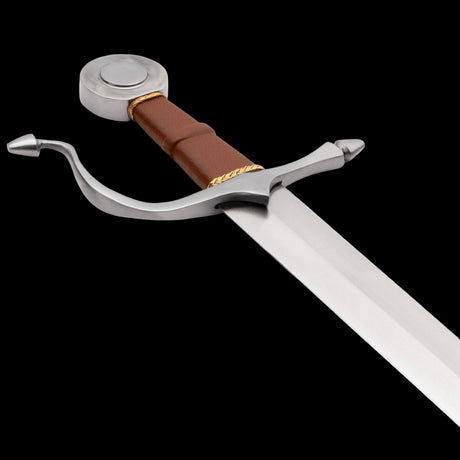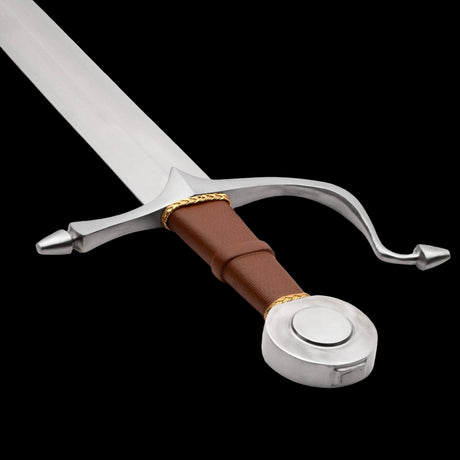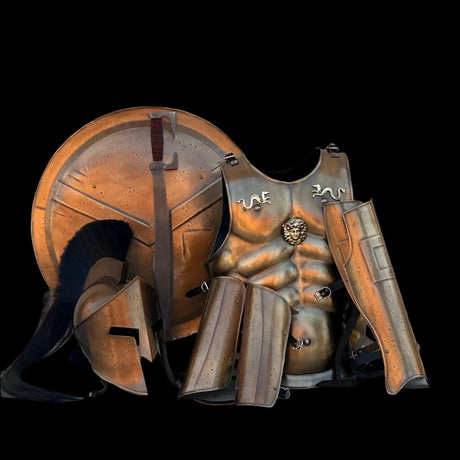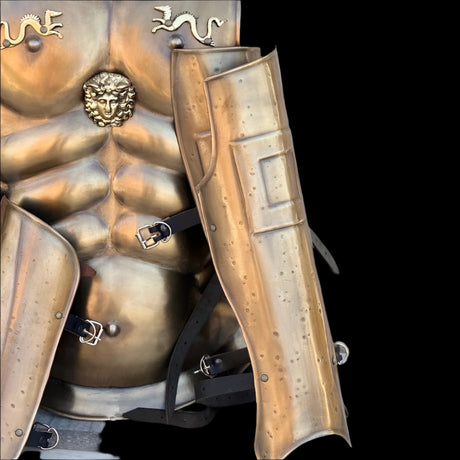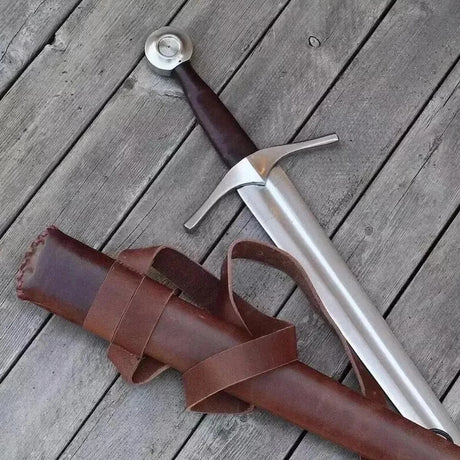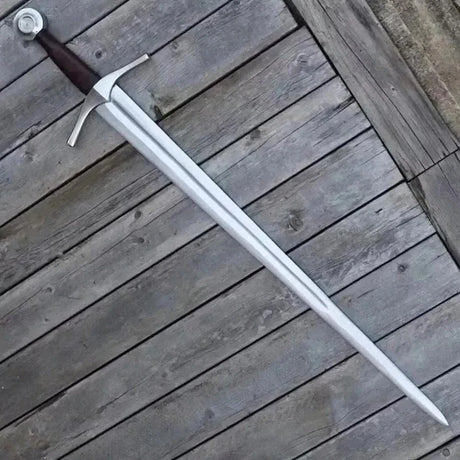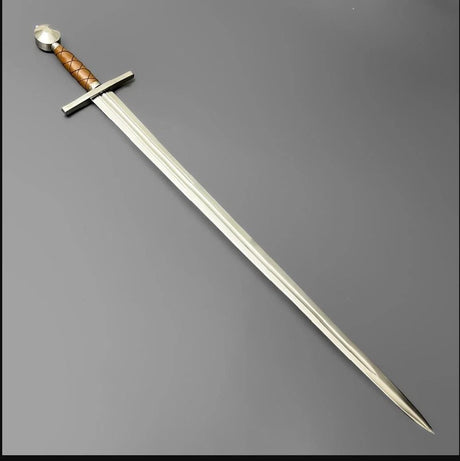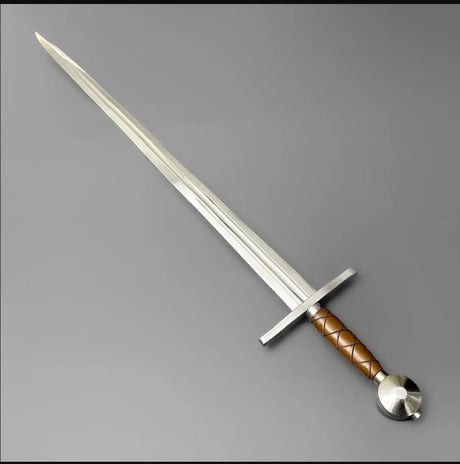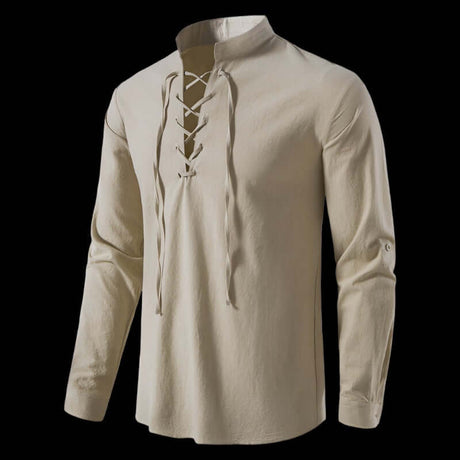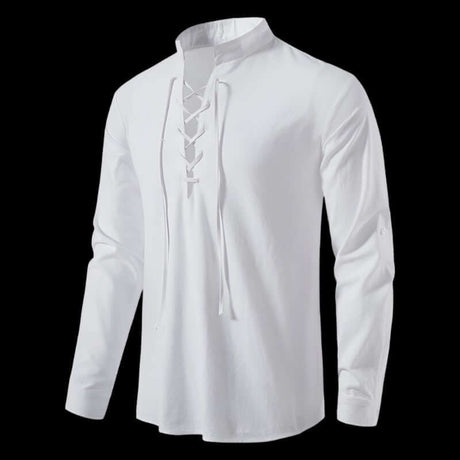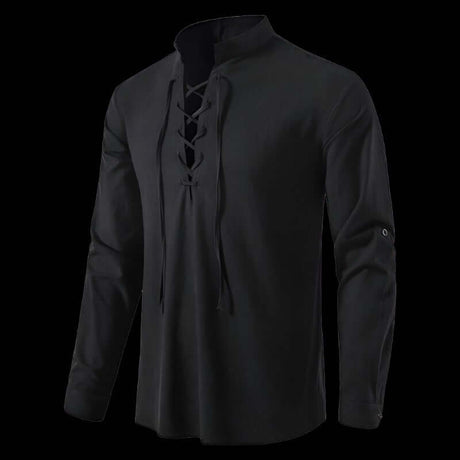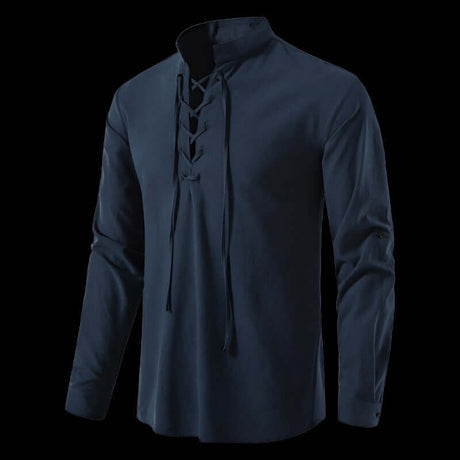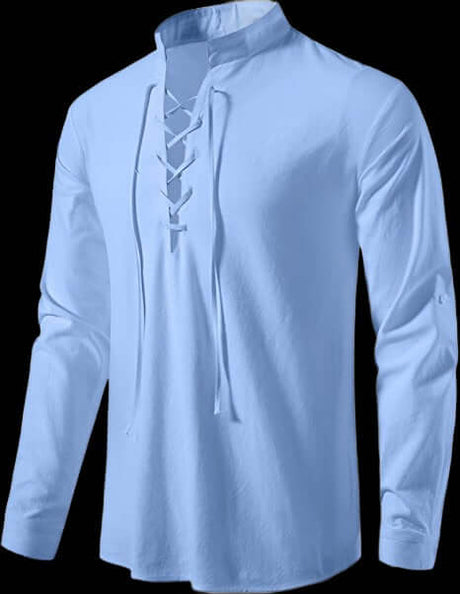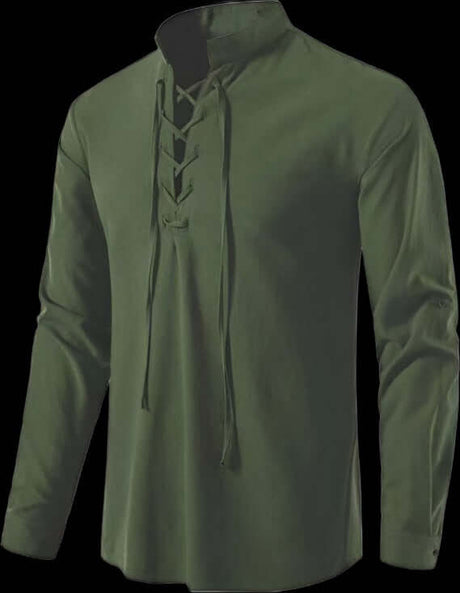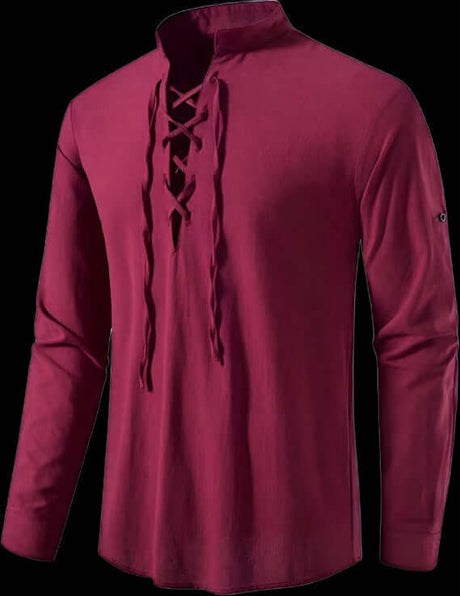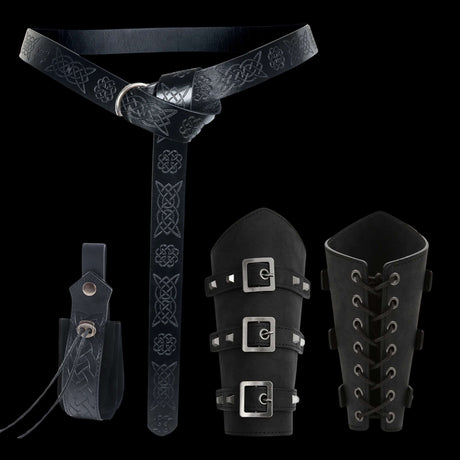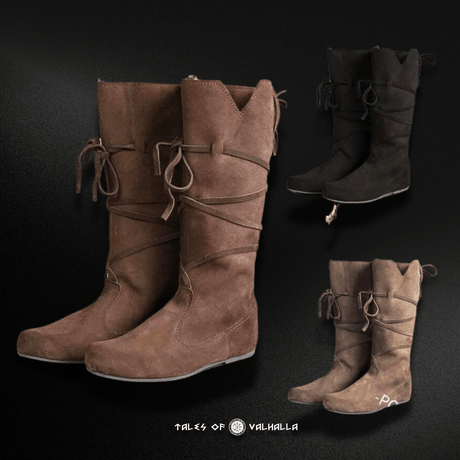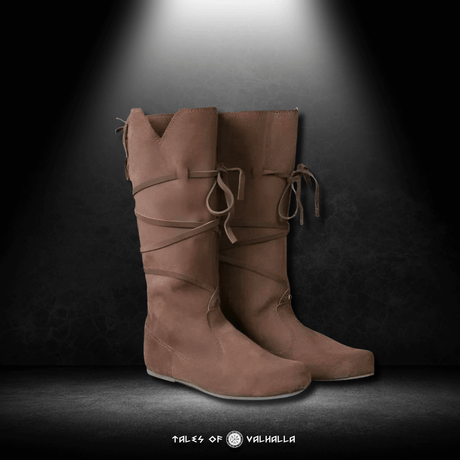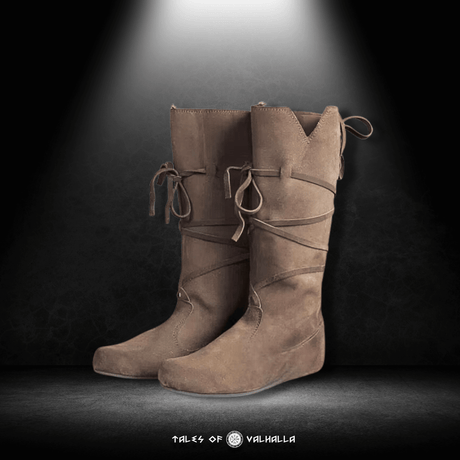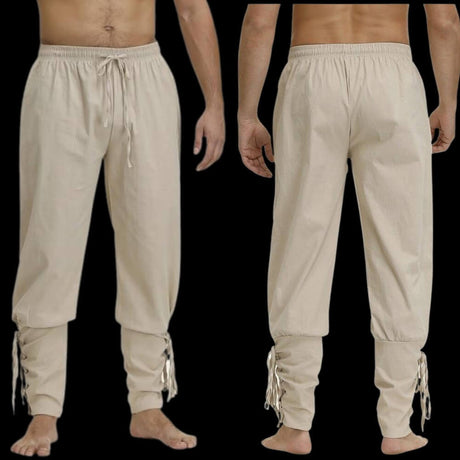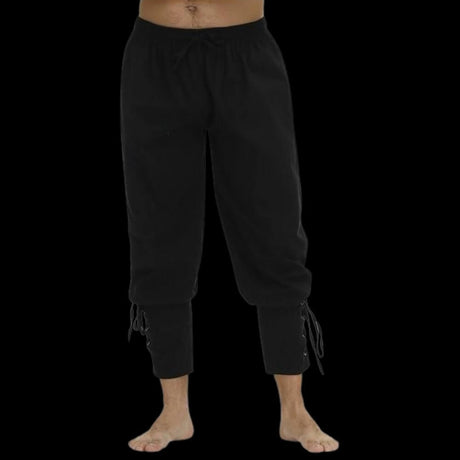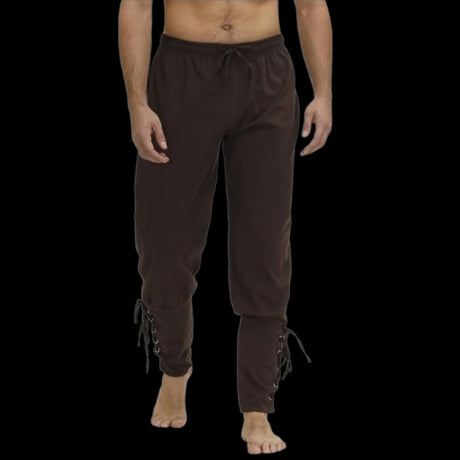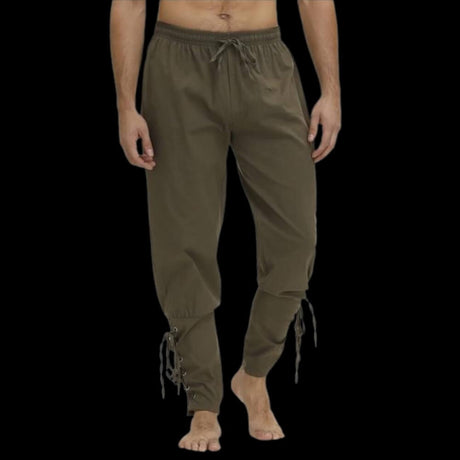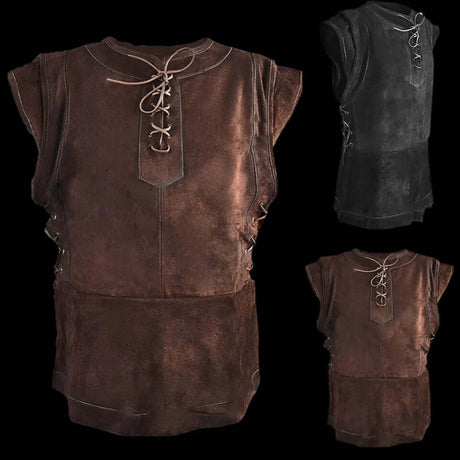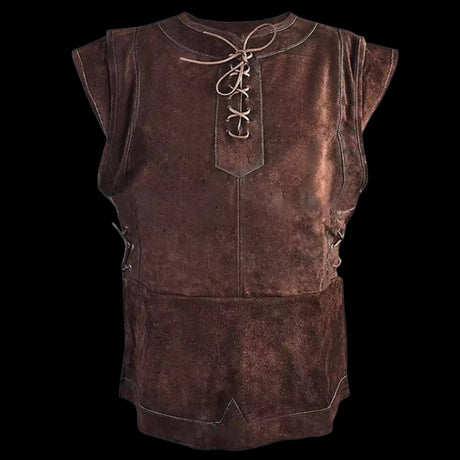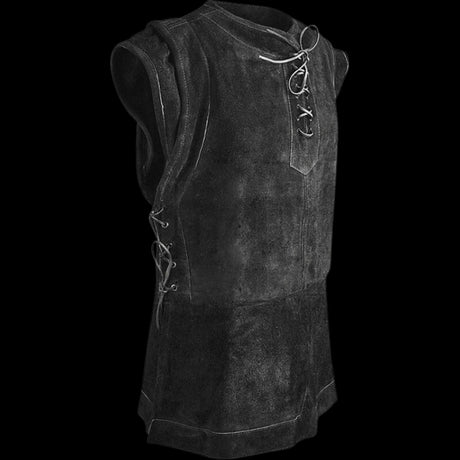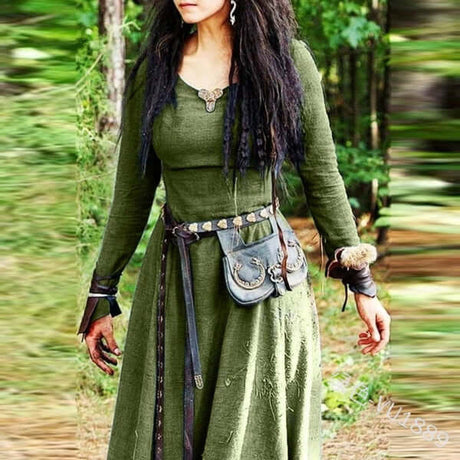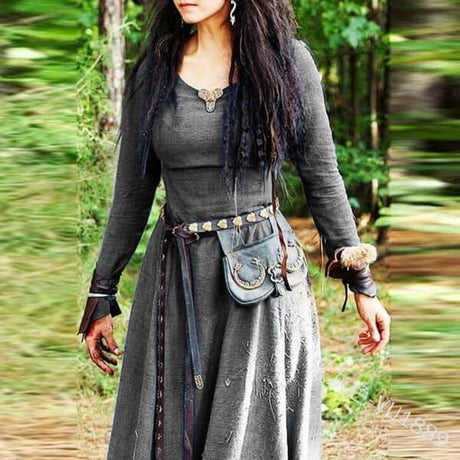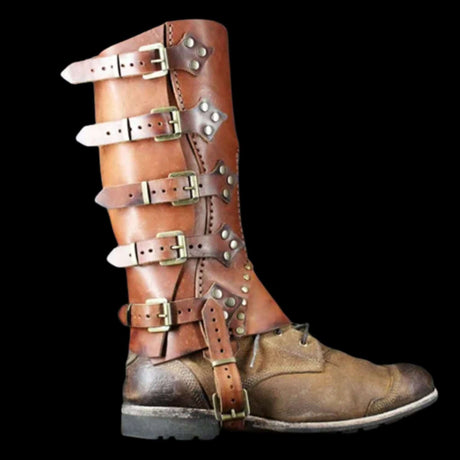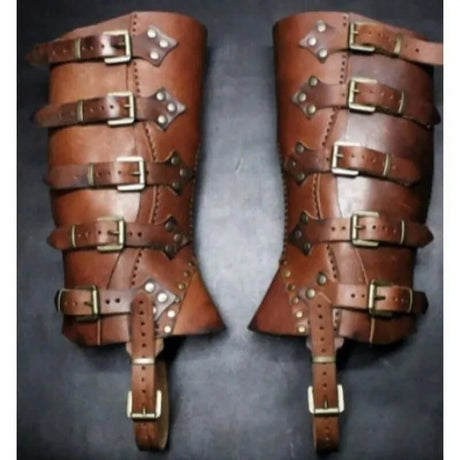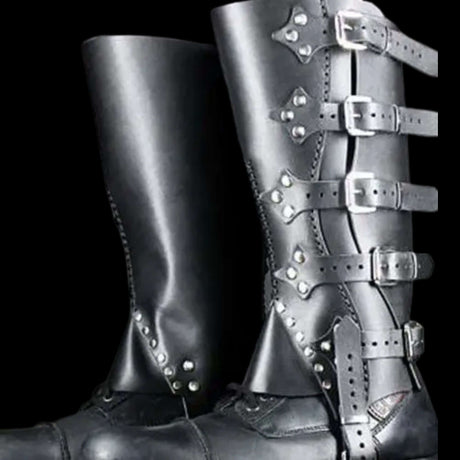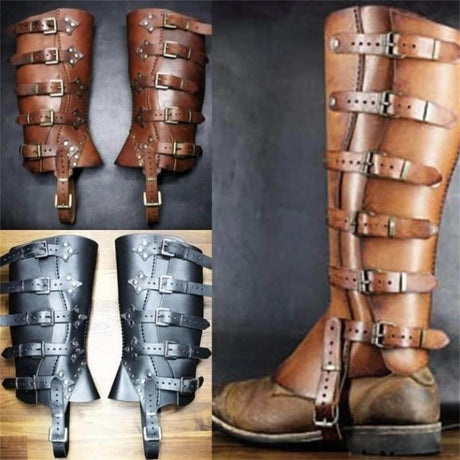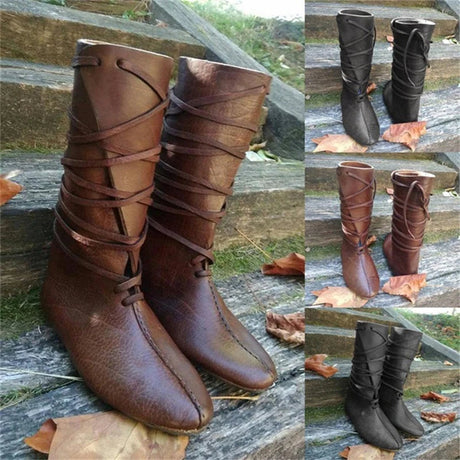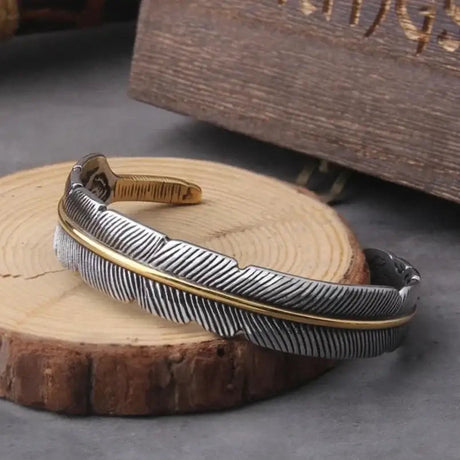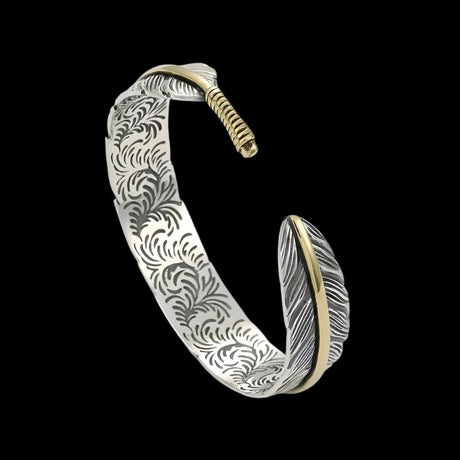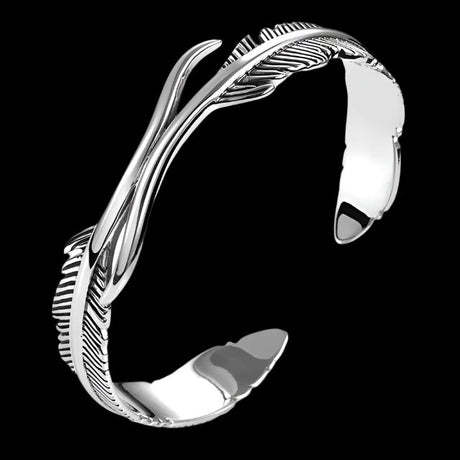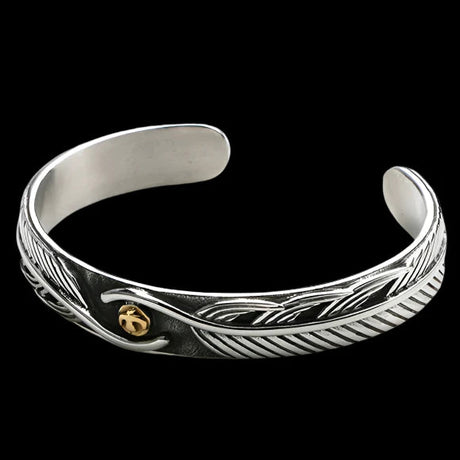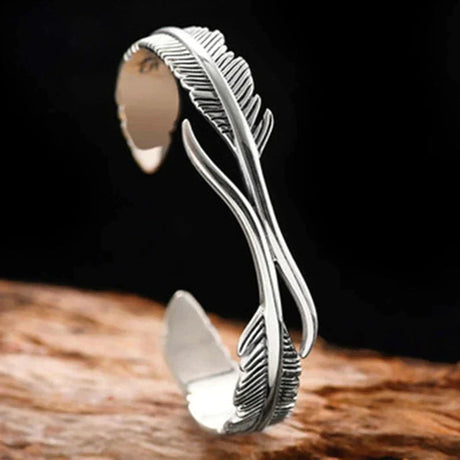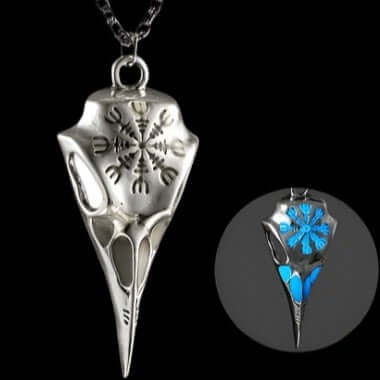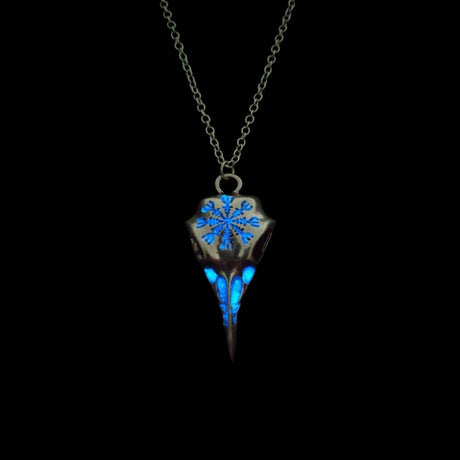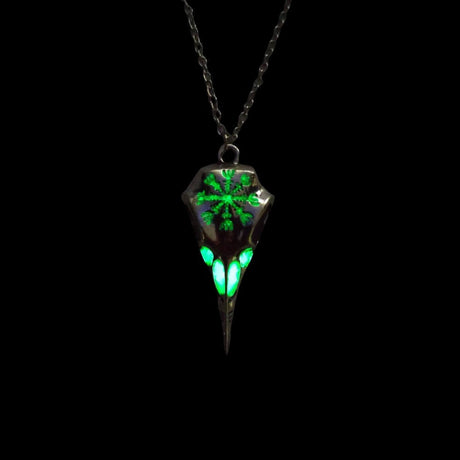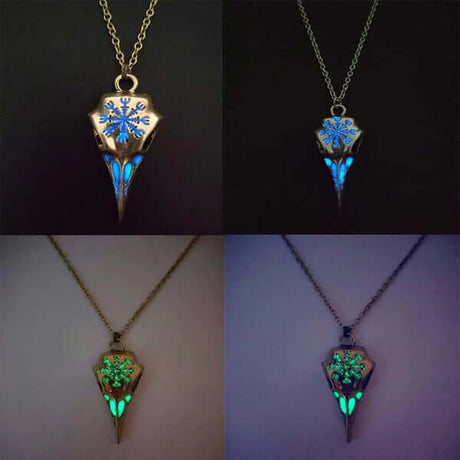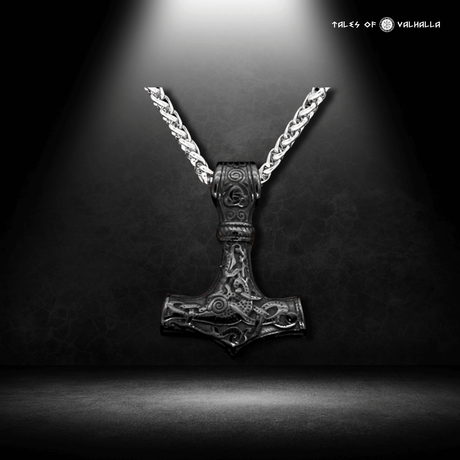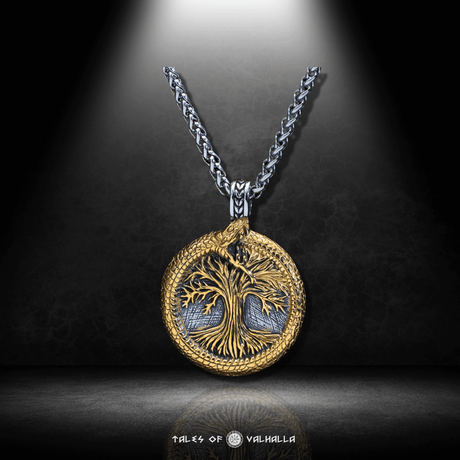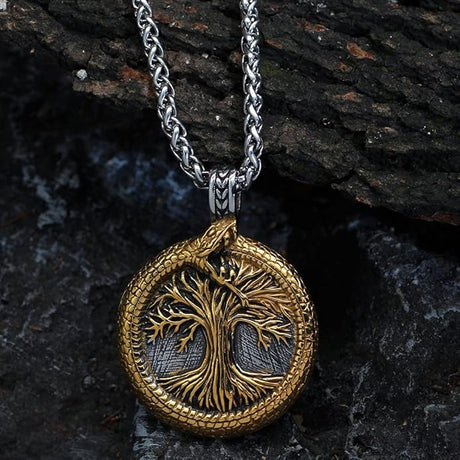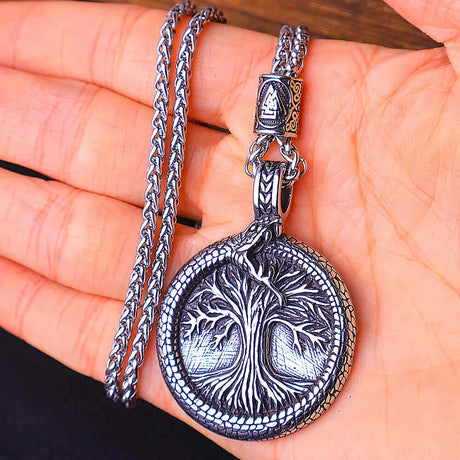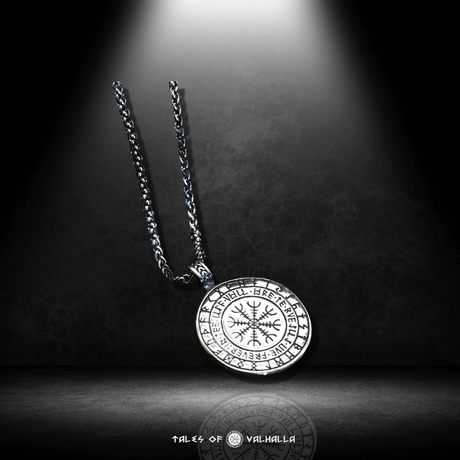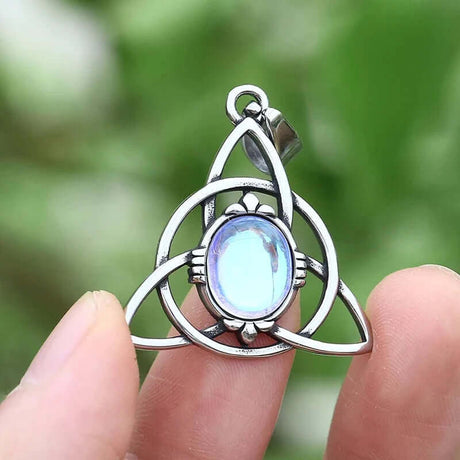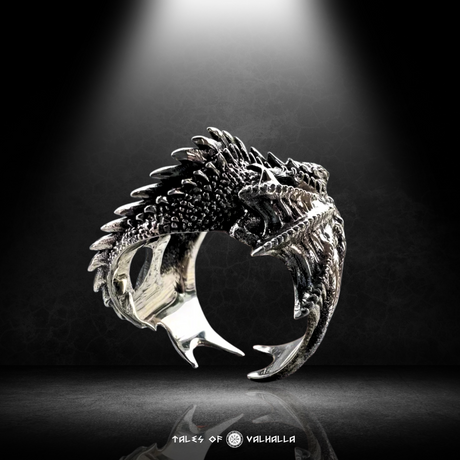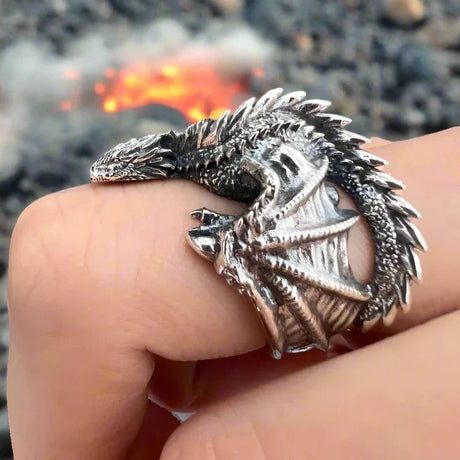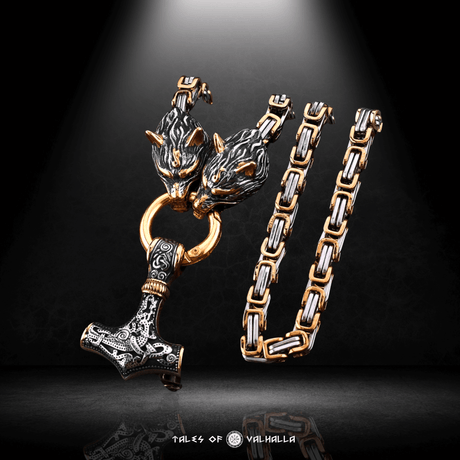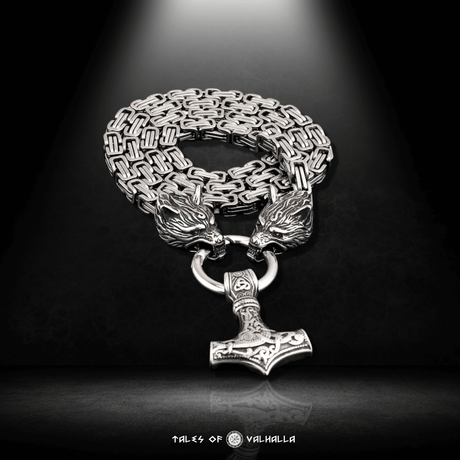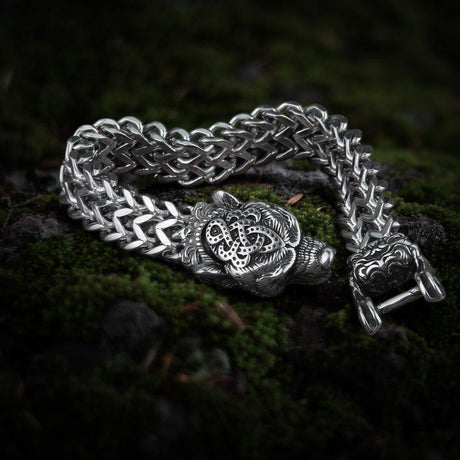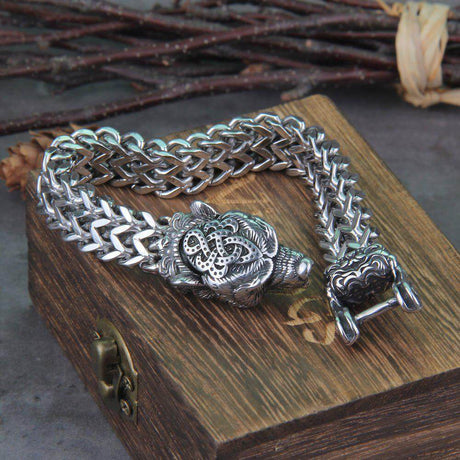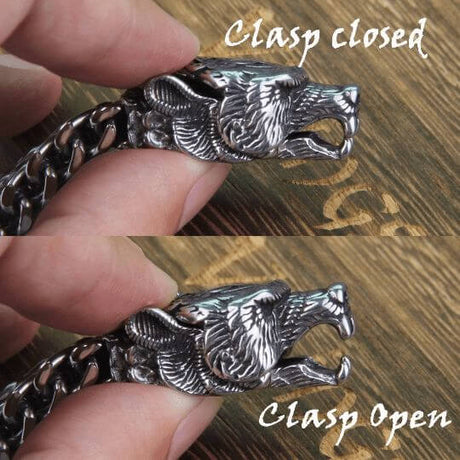The image is etched into our collective imagination: a fierce Norse warrior, fresh from victory, raising a drinking horn high in a fire-lit hall, a booming "Skol!" echoing off the timber walls. The Viking Horns are arguably one of the most iconic symbols of the Viking Age, representing feasting, fellowship, and a connection to a legendary past. But was that their only purpose? Were these natural artifacts solely vessels for mead and ale, or did they also serve as resounding signals on the battlefield?
This complete guide will delve into the fascinating and often misunderstood world of Viking Horns. We will explore their dual nature: the ubiquitous drinking horn—a centerpiece of social and ritual life—and the powerful blowing horn—an instrument of summons and war. By examining the history, craftsmanship, mythology, and archaeological evidence, we will uncover how these remarkable objects were central to the Viking way of life. Understanding Viking Horns is to understand a key piece of Norse culture itself.
The Drinking Horn (Ólhorn): Vessel of Feasts and Fellowship
The most common and celebrated use of Viking Horns was for drinking. In a society where feasts were central to social and political life, the drinking horn was far more than just a cup; it was a symbol of camaraderie, status, and ritual.

The Drinking Horn (Ólhorn): Vessel of Feasts and Fellowship
From Animal to Artifact: How Viking Drinking Horns Were Made
The creation of a drinking horn was a process of transforming a raw, natural object into a polished and often beautiful artifact.
- Sourcing the Horns: The primary materials for Viking Horns were the horns of domestic cattle or, for more impressive and valuable pieces, the aurochs—a large, now-extinct species of wild cattle. The size and quality of the raw horn would determine the prestige of the final product.
- The Crafting Process: The process began by carefully removing the inner bone core, leaving the hollow keratin sheath. The horn was then cleaned, scraped, and sanded, both inside and out, to create a smooth surface. It was then polished, often with beeswax, to give it a lustrous sheen and make it more pleasant to drink from.
- Sealing and Safety: Modern replicas are often sealed with food-safe lacquer, but Vikings would have likely relied on beeswax or other natural sealants to ensure the horn was watertight and safe for drinking.
-
Adornment: A Mark of Status: While a simple, polished horn was common, high-status Viking Horns were often elaborately decorated. This could include:
- Metal Rims: Silver, bronze, or even gold rims were fitted around the mouth of the horn.
- Terminals: The tip of the horn often featured a metal terminal, sometimes shaped into an animal head or an abstract design, adding weight and decorative flair.
- Carvings: Some horns may have been carved with intricate knotwork or runic inscriptions, though surviving examples of carved keratin are extremely rare due to its organic nature. Most of our evidence for elaborate decoration comes from the surviving metal fittings.
The Heart of the Longhouse: The Drinking Horn in Viking Society
The drinking horn was a centerpiece of the Viking feast, a crucial element in social bonding and ritual.
- Feasting and Hospitality: Feasts were used to celebrate victories, mark seasonal festivals (like Yule), seal alliances, and host important guests. Passing a drinking horn was a fundamental act of hospitality and inclusion. To share a drink from the same horn was to share a bond.
- Symbol of Status and Wealth: A large, ornately decorated Viking Horn was a clear display of the owner's wealth and social standing. A Jarl or King would possess horns of superior quality and decoration, using them to serve honored guests.
- The Ritual of the Toast: The toast, or skål, was a vital part of the feast. Toasts were made to the gods, to the king or jarl, to one's ancestors, or to fallen comrades (minni toasts). Raising a drinking horn high while making these declarations was a powerful, public ritual that reinforced social hierarchies and shared beliefs.
Story Vignette 1: The Jarl's Toast Inside the great hall of Jarl Erik the Wise, the long fire pit cast flickering light on the faces of his warriors. They had returned victorious from a raid, and the air was thick with the smell of roasting boar and strong ale. Erik rose, his own magnificent Viking Horn—rimmed with silver and tipped with a snarling wolf's head—held aloft. A hush fell over the boisterous crowd. "Tonight," his voice boomed, "we drink to Thor, whose strength guided our arms! We drink to Njord, who calmed the seas for our return! And we drink to the memory of Sven, who feasts now in Odin's hall!" He took a deep draught of mead, then passed the horn to his most trusted huscarl. This was more than a celebration; it was a reinforcement of the bonds that held their world together, a ritual made complete by the passing of the Viking Horns.
Mythological Significance: Odin and the Mead of Poetry
The importance of Viking Horns is further cemented in Norse mythology itself. The most famous example is the story of Odin and the Mead of Poetry.
- The Myth of Óðrerir: According to the myths, a special mead called Óðrerir ("Stirrer of Inspiration") was created that granted the gift of poetry and wisdom to anyone who drank it.
- Odin's Quest: The Allfather, ever the seeker of knowledge, went through great lengths of deception and cunning to steal this mead from the giantess Gunnlöð. The story says he drank the mead, which was held in three large horns, and escaped back to Asgard in the form of an eagle.
- A Divine Vessel: This myth elevates the drinking horn from a simple vessel to a container of divine inspiration and immense power. It suggests that the act of drinking from a horn could be a transformative experience, connecting the drinker to the wisdom of the gods. This mythological association imbued all Viking Horns with a deeper cultural significance.
The Blowing Horn (Lúðr): The Sound of Summons and Signals
While the drinking horn was for celebration, there was another, equally important type of horn in the Viking world: the blowing horn, or lúðr. These Viking Horns were instruments of communication, their powerful calls echoing across fjords and battlefields.
A Different Craft: Constructing the Blowing Horn
The construction of a blowing horn differed from that of a drinking horn, with a focus on acoustics rather than containing liquid.
- Material and Shape: Like drinking horns, they were typically made from cattle horns or other animal horns. The natural conical shape of the horn acted as a natural amplifier.
- Mouthpiece: The very tip of the horn would be cut off, and the opening smoothed and shaped to create a mouthpiece. The player would buzz their lips into this opening, similar to playing a modern brass instrument like a trumpet or trombone.
- No Finger Holes: Unlike some later horns or woodwind instruments, Viking blowing horns did not have finger holes. The pitch was controlled by the player's embouchure (lip tension) and breath pressure, allowing them to produce a range of notes within the horn's natural harmonic series.
The Horn's Call: Practical Uses in the Viking Age
The deep, resonant sound of the blowing horn made it an effective signaling device over long distances.
- Calling Men to the Thing: It was used to summon freemen to the Thing, the local or regional legal assembly where disputes were settled and laws were made. The call of the horn would signal that important community business was at hand.
- Signaling on the Battlefield: In the chaos of battle, verbal commands could be lost. The distinct sounds of Viking Horns could be used to signal key maneuvers: the start of a charge, a command to hold formation, a call to rally, or the signal for a retreat. Different horn calls could have different meanings.
- Communication at Sea: Fleets of Viking longships could use horns to communicate with each other across the water, coordinating movements or warning of danger.
- Hunting: Horns could be used during hunts to signal other members of the hunting party or to drive game.
Mythological Resonance: Heimdall and Gjallarhorn
The ultimate blowing horn in Norse mythology is Gjallarhorn ("Yelling Horn" or "Resounding Horn"), which belonged to the god Heimdall.
- Heimdall, the Guardian: Heimdall was the ever-vigilant guardian of Asgard, stationed at the Bifrost bridge, the rainbow bridge connecting Midgard (the world of humans) to Asgard. He was said to have super-human senses, able to hear grass growing on the earth and wool growing on sheep.
- The Horn of Ragnarök: Heimdall's primary duty was to sound Gjallarhorn at the onset of Ragnarök, the prophesied "Twilight of the Gods." Its blast would be so powerful that it would be heard throughout all Nine Worlds, alerting the gods and heroes that the final battle had begun. This makes the blowing horn not just a tool, but a herald of cosmic destiny.
- Symbol of Vigilance: Gjallarhorn, and by extension all blowing Viking Horns, symbolizes vigilance, preparedness, and the call to action in the face of great events.
Story Vignette 2: The Watchman's Call Olaf, a young watchman, shivered in the cold sea breeze atop the cliff overlooking the fjord entrance. His duty was simple but vital: watch for danger. For hours, there was nothing but the cry of gulls and the gentle lapping of waves. Then, he saw it. A single, dark shape on the horizon, then another, and another. Longships. Enemy sails. His heart pounded. He unslung the curved blowing horn from his shoulder, its polished surface cool against his cheek. Taking a deep breath, he pressed his lips to the mouthpiece and blew. A deep, powerful note tore through the quiet morning air, echoing off the mountainsides. It was a sound of pure alarm, a call that meant "To arms!" Down in the village, heads snapped up. Men dropped their fishing nets and farming tools, grabbing for shields and axes. The sound of that single Viking Horn had transformed a peaceful morning into a frantic preparation for war.
Reading the Evidence: Archaeology and Art
Our understanding of Viking Horns is pieced together from various sources, each providing a part of the puzzle.

Reading the Evidence: Archaeology and Art
Archaeological Finds: Scraps of a Grand Tradition
Because horns are made of keratin, an organic material, they rarely survive for a thousand years in the ground unless preserved in exceptional conditions.
- Metal Fittings: What do survive are the metal fittings – the silver or bronze rims and terminals. Archaeologists have found numerous examples of these, often in high-status graves. By analyzing these fittings, we can infer the size, shape, and importance of the original horns.
- The Taplow Horns: A famous example comes from the pre-Viking Anglo-Saxon burial at Taplow, England (c. 6th-7th century). This grave contained a pair of large drinking horns from an aurochs, adorned with elaborate silver-gilt foil. This shows that the tradition of using ornate drinking horns was present in Germanic cultures even before the Viking Age proper.
- The Sutton Hoo Horns: The famous Sutton Hoo ship burial also contained remains of aurochs drinking horns with impressive metal fittings, further confirming this tradition.
Iconographic Evidence: Horns in Viking Art
- The Bayeux Tapestry: This 11th-century embroidered cloth, depicting the Norman Conquest of England, clearly shows figures feasting and drinking from horns in a scene in a great hall. It also depicts a figure blowing a horn as a signal.
- Picture Stones: Carved stones from the Viking Age, particularly from Gotland, Sweden, sometimes depict figures holding or drinking from horns, often in scenes that appear to be mythological or celebratory.
Viking Horns: A Comparative Look
To clarify their distinct roles, here is a comparison of the two main types of Viking Horns:
This table clearly distinguishes the two primary functions and cultural contexts of Viking Horns.
The Modern Revival of Viking Horns
The fascination with Viking culture has led to a massive resurgence in the popularity of Viking Horns, especially drinking horns, in the United States.
From Historical Artifact to Modern Accessory
- Reenactment and Festivals: Viking Horns are essential accessories for historical reenactors and attendees of Renaissance faires and Viking festivals.
- Home Decor and Collectibles: Many people purchase horns as decorative items, appreciating their rustic aesthetic and historical significance.
- Unique Drinking Vessels: A growing number of people simply enjoy using a horn as a unique and conversation-starting vessel for their favorite beverage.
- The Craft Today: Modern artisans create a vast array of Viking Horns, from simple, polished horns to highly elaborate, custom-engraved pieces with intricate metalwork.
Practical Tips for Modern Horn Owners
If you own or are thinking of buying a drinking horn, here are a few tips:
- Food-Safe Sealant: Ensure the horn is sealed with a modern, food-safe lacquer or sealant.
- Cleaning: Wash your horn by hand with mild soap and lukewarm water. Avoid dishwashers and hot liquids, as high heat can warp the horn.
- Care: Don't let liquids sit in the horn for extended periods. Dry it thoroughly after washing. Occasionally oil the exterior with a food-safe oil (like mineral oil) to keep it from drying out.
Debunking the Myths: Horns on Helmets?
It's impossible to discuss Viking Horns without briefly addressing the most famous myth of all: horned helmets.
- Fact vs. Fiction: Vikings did not wear horned helmets. This image is a 19th-century invention, likely for romantic opera costumes. There is zero archaeological evidence for it.
- The Real Horns: The Vikings certainly had horns – but they held them in their hands to drink from or raise to their lips to blow, they did not wear them on their heads.
Conclusion
Viking horns were more than tools—they were symbols of Norse life. Drinking horns marked feasts and ritual, while blowing horns rallied warriors and echoed through sacred moments.
At Tales of Valhalla, we honor this dual legacy. These horns connect us to Viking strength, celebration, and spirit—reminders of a culture where even simple objects carried deep meaning.
6 FAQs
-
Q: Did Vikings use horns for more than just drinking? A: Yes, absolutely. While drinking horns (Ólhorn) were very common for feasts and rituals, Vikings also used blowing horns (Lúðr). These were distinct instruments used for communication, such as sounding signals on the battlefield, summoning people to assemblies (Things), and communicating between ships at sea.
-
Q: What were Viking Horns made from, and were they decorated? A: Viking Horns were made from the natural horns of cattle or, for larger and more prestigious horns, from aurochs (a large, now-extinct wild cattle). While many were simple and polished, high-status horns were often elaborately decorated with metal fittings, such as silver or bronze rims and decorative tips (terminals).
-
Q: What is the significance of drinking horns in Norse mythology? A: The drinking horn is highly significant in Norse myths. Most famously, the Mead of Poetry, a substance that granted wisdom and poetic skill, was kept in three horns (named Óðrerir, Boðn, and Són). Odin undertook a great quest to steal and drink this mead, elevating the drinking horn to a vessel of divine inspiration and knowledge.
-
Q: How were blowing horns used as signals in battle? A: In the chaos of a battlefield, verbal commands were difficult to hear. The powerful, deep sound of blowing Viking Horns could cut through the noise to signal key maneuvers. Different horn calls could be used to command a charge, signal a retreat, order warriors to form a shield wall, or rally troops.
-
Q: Is it true Vikings wore helmets with horns on them? A: No, this is a popular myth. While Viking Horns were central to their culture for drinking and signaling, there is no archaeological or historical evidence that Vikings attached horns to their helmets. Such helmets would have been highly impractical in battle.
-
Q: How should I care for a modern drinking horn if I buy one? A: To care for a modern drinking horn, always wash it by hand with mild soap and lukewarm water. Never use a dishwasher or hot liquids, as extreme heat can warp or damage the natural horn. Ensure it is properly sealed with a food-safe lacquer and dry it thoroughly after each use.

